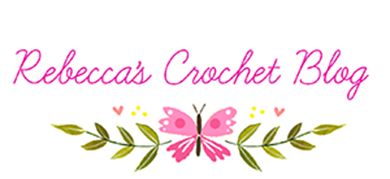Veselka Bulkan thinks outside of the embroidery hoop to combine stitches with hand-felted elements.
From an article called Best of 2016: Top 17 Artists Who Have Revitalized Embroidery
Wednesday, December 28, 2016
Tuesday, December 27, 2016
Amigurumi Exhibit
at Resobox Gallery and Cafe in Long Island City.
In addition to the crochet display
I enjoyed a bowl of Ramen with Claudia who works in that nabe.
at Resobox Gallery and Cafe in Long Island City.
In addition to the crochet display
I enjoyed a bowl of Ramen with Claudia who works in that nabe.
Wednesday, December 7, 2016
Pussyhat Project
More info here: Pussyhat Project
Added some Coral color to the next one to jazz it up a bit. This one is for Cousin Sarah.
Saturday, October 22, 2016
Sunday, October 16, 2016
Sunday, October 2, 2016
Sunday, September 25, 2016
Saturday, September 3, 2016
Monday, August 1, 2016
Found: A 3,000-Year-Old Ball of Yarn
Archaeologists in England just unearthed a 3,000-year-old—and extremely fragile—ball of yarn. Buried in the waterlogged depths of the Must Farm Bronze Age settlement, a site in Cambridgeshire that has been described as the “Pompeii of the fens,” the artifact is one of a rich cache of finds that includes textiles, beads, and domestic tools.
Like other fibers discovered at the location, the yarn is probably plant-based in origin. “All the textiles appear to have been made from plant fibers,” said Margarita Gleba, an archaeologist specializing in textiles. “The people at Must Farm used cultivated species, such as flax, as well as wild plants, such as nettle and perhaps trees, to obtain raw materials.” Not to mention folks back then really knew their stuff, too.
“The linen textiles found at Must Farm are among the finest from Bronze Age Europe,” Gleba added. “Wild fibers appear to have been used for coarser fabrics made in a different technique, known as twining.”
Monday, July 25, 2016
Saturday, June 18, 2016
Saturday, June 11, 2016
Friday, April 1, 2016
Sunday, March 6, 2016
Museum exhibit
The Museum of Arts and Design (MAD) KNITTING NATION Phase 15: Weaving Walls, a time-based installation and live labor performance by textile artist and designer Liz Collins.
Collins and a "factory crew" of six professional weaving artists and designers transformed the Museum's atrium and lobby into a knitting and weaving factory, creating a continuous soft wall that will climb the Museum stairwell as the day progressed.
The performance explored the dynamic relationship between textile and architecture, performance and collectivity, and considers apparel manufacturing and human labor.
Saturday, March 5, 2016
Wednesday, March 2, 2016
Thursday, February 25, 2016
Pushing the Boundaries of Embroidery

This embroidered bucket is by
Severija Inčirauskaitė-Kriaunevičienė.
More of her work here.

More from Meredith Woulnough here.
Even more artists here.
Subscribe to:
Posts (Atom)
















































